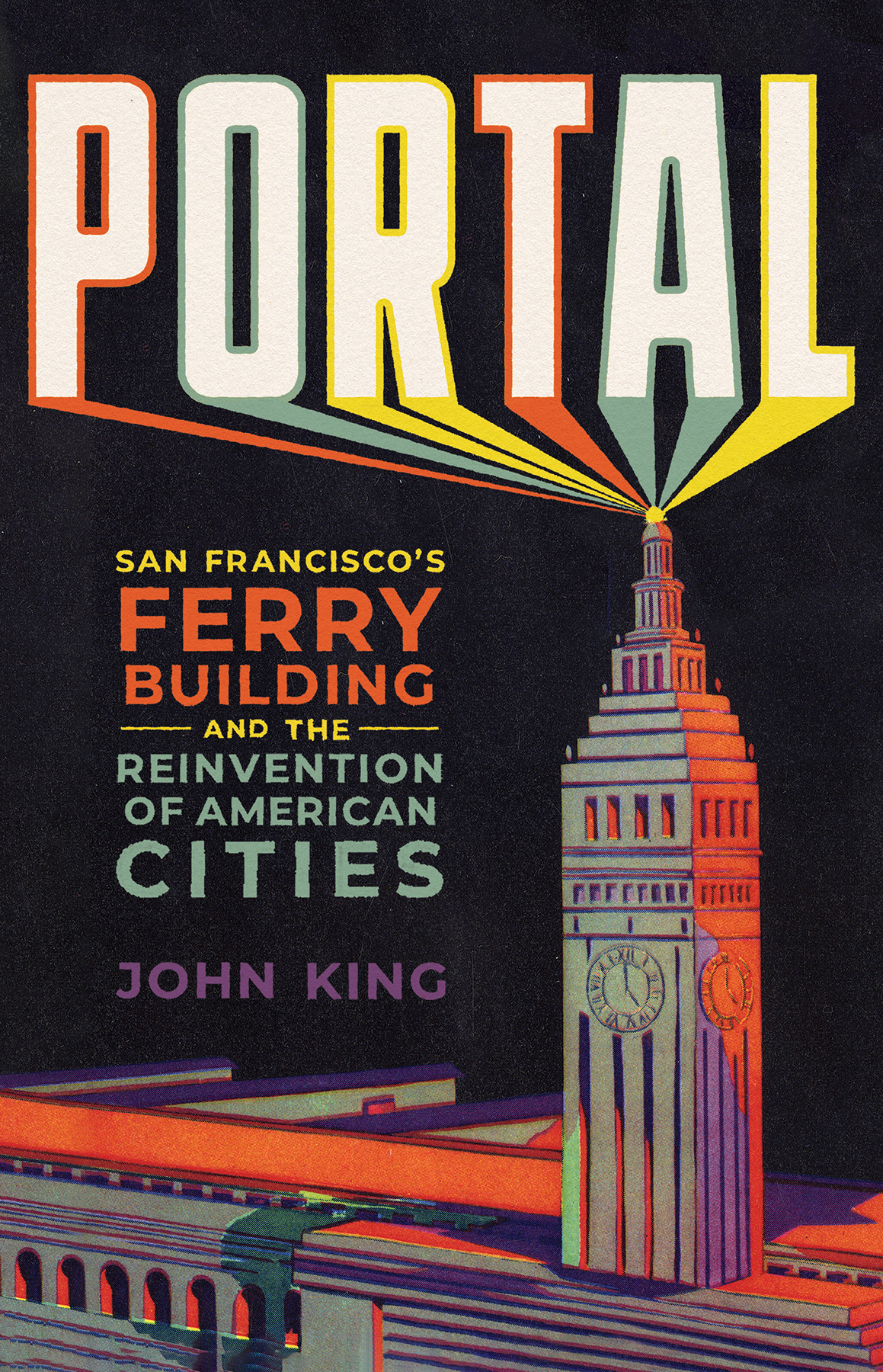

Most ebook files are in PDF format, so you can easily read them using various software such as Foxit Reader or directly on the Google Chrome browser.
Some ebook files are released by publishers in other formats such as .awz, .mobi, .epub, .fb2, etc. You may need to install specific software to read these formats on mobile/PC, such as Calibre.
Please read the tutorial at this link: https://ebookbell.com/faq
We offer FREE conversion to the popular formats you request; however, this may take some time. Therefore, right after payment, please email us, and we will try to provide the service as quickly as possible.
For some exceptional file formats or broken links (if any), please refrain from opening any disputes. Instead, email us first, and we will try to assist within a maximum of 6 hours.
EbookBell Team

4.7
66 reviewsA two-time Pulitzer finalist explores the story of American urban design through San Francisco's iconic Ferry Building.
Conceived in the Gilded Age, the Ferry Building opened in 1898 as San Francisco's portal to the world—the terminus of the transcontinental railway & a showcase of civic ambition. In silent films & World's Fair postcards, nothing said "San Francisco" more than its soaring clocktower.
But as acclaimed architectural critic John King recounts in Portal, the rise of the automobile & double-deck freeways severed the city from its beloved structure & its waterfront—a connection that required generations to restore.
King's narrative spans the rise & fall & rebirth of the Ferry Building. Rich with feats of engineering & civic imagination, his story introduces colorful figures who fought to preserve the Ferry Building's character (and the city's soul)—from architect Arthur Page Brown & legendary columnist Herb Caen to poet Lawrence Ferlinghetti & Senator Dianne Feinstein.
In King’s hands, the saga of the Ferry Building is a microcosm of a larger evolution along the waterfronts of cities everywhere. Portal traces the damage inflicted on historic neighborhoods & working dockyards by cars, highways, & top-down planning & “urban renewal.” But when an earthquake destroyed the Embarcadero Freeway, city residents seized the chance to reclaim their connection to the bay. Transporting readers across 125 years of history, this tour de force explores the tensions impacting urban infrastructure & public spaces, among them tourism, deindustrialization, development, & globalization. Portal culminates with a rich portrait of San Francisco’s vibrant esplanade today, visited by millions, even as sea level rise & earthquakes threaten a landmark that remains as vital as ever.
A book for city lovers & visitors, architecture fans & pedestrians, Portal is essential reading for anyone interested in the history of